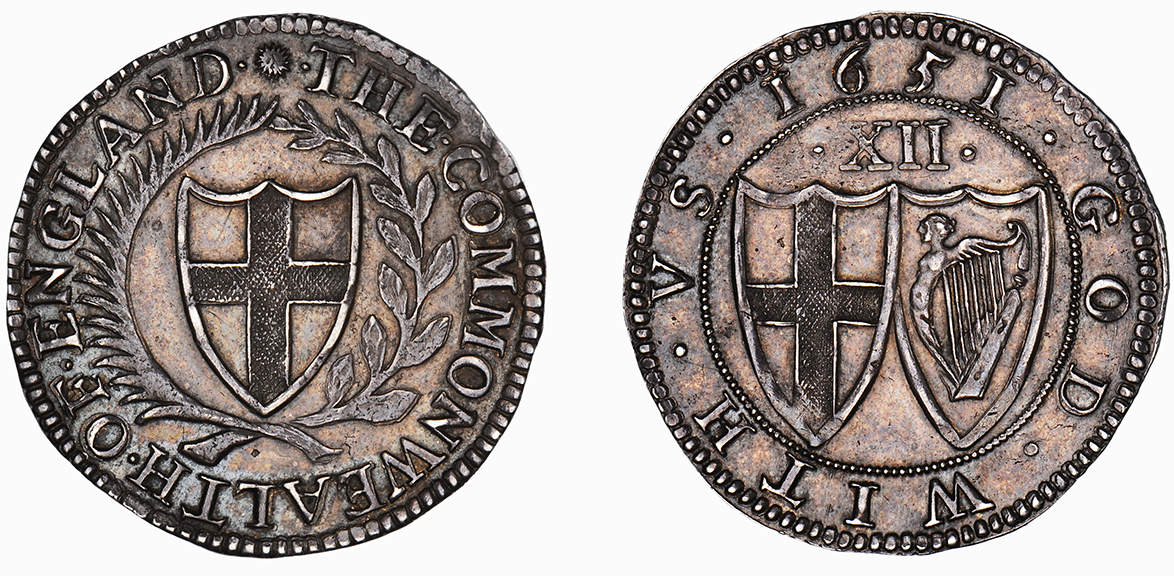
Ex Martin Hughes Collection (Spink 139, 16 November 1999), lot 192.
Seaby (23 April 1986), lot 170.
Ex M. A. Brigg Collection (Glendining, 23 May 1939), lot 406.
Ex C. A. Watters Collection (Glendining, 21 May 1917), lot 441.
Ex J. G. Murdoch Collection (Sotheby, Wilkinson & Hodge, 8 June 1903), lot 404
Ex Hyram Montagu Collection (Sotheby, Wilkinson & Hodge, 8 November 1896), lot 690.
Ex W. Brice Collection (purchased en bloc by Hyram Montagu, 1887).
Ex J. B. Bergne Collection (Sotheby, Wilkinson & Hodge, 20 May 1873), lot 861
Ex W. Durrant Collection (Sotheby & Wilkinson, 19 April 1847), lot 731.
This hammered shilling is a finework piece produced by the Tower mint. The broad flan, fine detail and proof fields create one of the most skillfully executed hammered coins. The coin is a great advancement on the usual currency issues from the period, which raises the question of why these coins were produced. Whilst there is no definitive answer it seems to be a response to the pattern shillings of 1651 that were created using Pierre Blondeau’s milled press, these milled coins were uniform, well detailed and featured a new reeded edge. Blondeau had set a new standard for the currency that was met by this outstanding finework coin, the mint could argue that they could strike high quality coins at a faster rate than the milled press and keep their staff and method in place. Blondeau returned to France due to ever increasing opposition at the mint, his concepts survived him and were implemented twelve years after his first Commonwealth patterns were produced.







